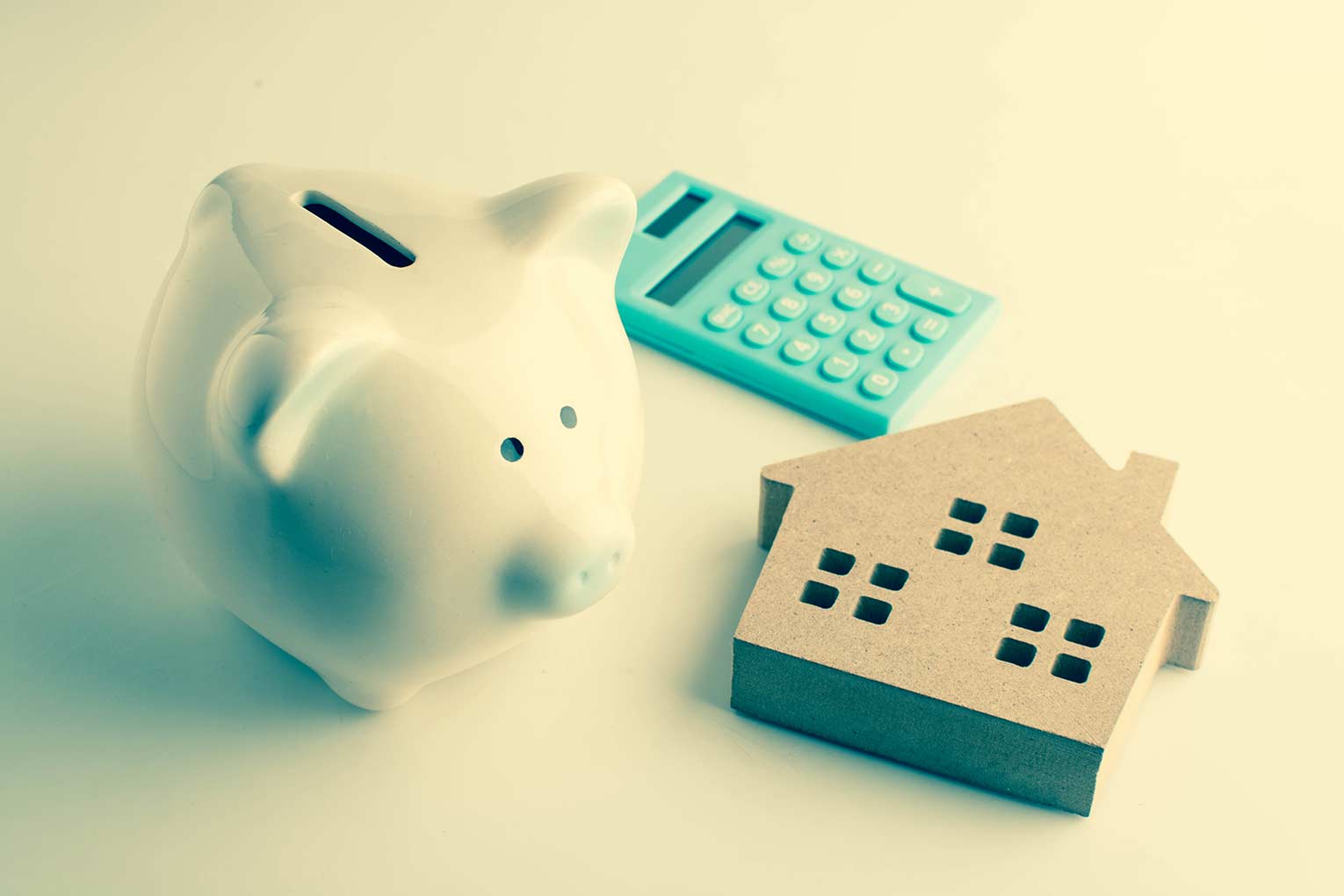House prices rose by 0.3% in April, according to the latest Halifax House Price Index, with the average UK property now valued at £297,781.
This represents an annual increase of 3.2%, the highest yearly growth rate recorded so far in 2025 and up from 2.9% in March.
The figures indicate a notable turnaround from the previous month’s decline of 0.5%. While prices have seen modest fluctuations, they have remained broadly flat over the past six months, falling by just £48 in total — a level of stability not seen since the pandemic era.
Amanda Bryden, head of mortgages at Halifax, said: “UK house prices rose by +0.3% in March, an increase of just under £900. The annual growth rate also ticked up to +3.2%, reaching its highest level so far this year. The typical UK property is now valued at £297,781.
“We know the stamp duty changes prompted a surge in transactions in the early part of this year, as buyers rushed to beat the tax-rise deadline. However, this didn’t lead to a significant increase in property prices, with the last six months characterised by a stability in prices rarely seen since the pandemic. While the market has cooled slightly since this rush, buyer activity remains strong in comparison to recent years.
“Mortgage rates have continued to fall, with most lenders now offering rates below 4%. Coupled with positive earnings growth that has outpaced broader inflation, these factors have helped to steadily improve affordability for many buyers.
“Overall, the market continues to show resilience despite a subdued economic environment and risks from geopolitical developments. There is likely to be a bump-up in consumer price inflation as household bills increase, but with further base rate cuts also expected, we anticipate a similar trend of modest price growth this year.”
MIXED REGIONAL PICTURE
Across the UK, regional variations remain pronounced. Northern Ireland once again posted the strongest annual growth, with house prices rising by 8.1% to an average of £208,220. Wales followed with a 4.7% increase, bringing the average home value to £229,079, while Scotland saw prices climb by 4.6% to £214,011.
In England, the North West led the way with a 4.1% annual rise, with average prices now at £240,975. London continues to lag in terms of growth, recording an annual increase of just 1.3%. However, it retains its position as the UK’s most expensive property market, with average prices standing at £543,346.
The South West recorded the slowest annual growth of just 0.9%, where the average property price is now £304,451.
Mark Harris, chief executive of mortgage broker SPF Private Clients, added: “As lenders cut mortgage rates and ease affordability criteria, borrowers are being given more options. With an increasing number of mortgages pegged at the psychologically important sub-4 per cent level, there is less of a barrier for those who need to borrow to buy a home.
“Swap rates, which underpin the pricing of fixed-rate mortgages, continue to decline. A quarter-point rate cut from the Bank of England is expected today, which would further ease affordability, boost confidence and give buyers renewed confidence to make their move.”
Amy Reynolds, head of sales at Richmond estate agency Antony Roberts, said the end of the stamp duty concession has removed some of the urgency from the market.
“Some buyers accelerated purchases to beat the deadline while others adopted a ‘wait and see’ approach, hoping that with inflation largely under control, the Bank of England might cut interest rates again. The possibility of lower mortgage rates is keeping many buyers cautious, especially first-time buyers and second steppers.
“Sellers’ price expectations, particularly in prime and popular areas, are still often unrealistic compared to the offers buyers are willing to make. While there are committed buyers out there, we are finding that they are highly price-sensitive and many are no longer prepared to ‘overpay’ in areas where stock is low.
“Stock levels have improved compared with the end of last year but choice remains limited – particularly for good-quality family homes and well-located flats with outside space. In many parts of London there is more available property than a year ago but it’s a steady trickle rather than a surge as vendors finally accept that the post-pandemic frenzy is over.”





